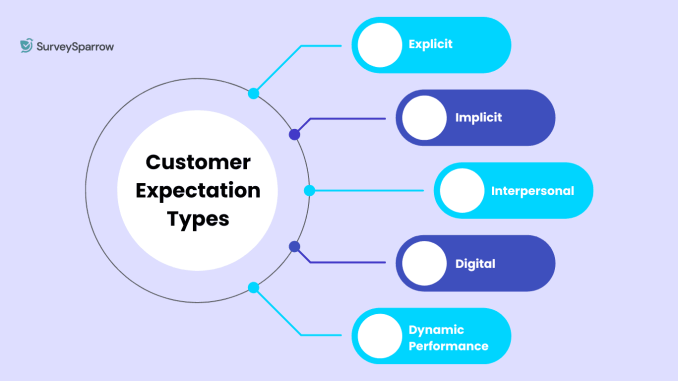
In today’s fast-paced and ever-evolving marketplace, businesses face an unprecedented challenge: adapting to rapidly changing customer expectations. The traditional notion of customer service and product delivery no longer suffices in an environment where consumers are more informed, empowered, and connected than ever before. To remain competitive and foster long-term loyalty, companies must understand not only what their customers want today but also anticipate how these desires will evolve. This dynamic landscape demands agility, innovation, and a deep commitment to truly listening to and engaging with customers at every touchpoint.
At the core of changing customer expectations is the shift in consumer behavior driven largely by technology and increased access to information. The rise of smartphones, social media, and instant communication platforms has elevated customer awareness and their ability to voice opinions publicly. Today’s consumers expect seamless, personalized experiences across multiple channels. They want quick responses, transparent interactions, and products or services tailored to their unique preferences. Businesses that fail to meet these expectations risk losing relevance as customers turn to competitors who prioritize convenience, speed, and authenticity.
One critical element in adapting to these shifts is embracing a customer-centric mindset throughout the organization. This requires more than just improving frontline customer service; it involves embedding customer insights into every strategic decision, from product development to marketing and after-sales support. By leveraging data analytics, companies can gain deeper understanding of customer needs and behaviors, enabling them to anticipate trends and deliver solutions that resonate. The ability to personalize experiences through technology—such as AI-driven recommendations or real-time support—can create a more meaningful connection and foster brand loyalty.
Moreover, transparency and trust have become paramount in the relationship between businesses and their customers. Consumers today are increasingly concerned about ethical practices, sustainability, and corporate responsibility. They expect brands to be honest about their products, supply chains, and data privacy policies. When companies communicate openly and act with integrity, they build a foundation of trust that can differentiate them in crowded markets. Conversely, any perceived dishonesty or lack of accountability can quickly damage reputation and erode customer confidence.
Another vital aspect of adapting to customer expectations is the speed at which businesses respond to feedback and changing demands. The competitive advantage now belongs to those who can innovate rapidly and iterate based on real-time customer input. This agility requires fostering a culture of continuous improvement and cross-functional collaboration. Companies that remain rigid or slow to change risk falling behind as customer preferences evolve. Instead, businesses should view feedback—both positive and negative—as valuable insights to refine offerings and enhance experiences.
The rise of omnichannel engagement further complicates the landscape but also presents unique opportunities. Customers interact with brands through a variety of platforms—online stores, social media, mobile apps, physical locations, and more. Ensuring consistency across these channels is crucial. When experiences are disjointed or confusing, customer frustration grows, often resulting in lost sales or diminished loyalty. Investing in integrated systems and unified customer profiles allows businesses to deliver cohesive interactions that recognize customer history and preferences regardless of where or how they engage.
Adapting to changing customer expectations also means recognizing the diversity of today’s marketplace. Different generations, cultures, and demographics bring varied values and purchasing behaviors. A one-size-fits-all approach is no longer effective. Instead, successful companies segment their audiences and tailor strategies to meet specific needs while maintaining an inclusive and respectful brand voice. This requires ongoing market research and a willingness to evolve messaging and product lines to reflect shifting social norms and trends.
Furthermore, the global pandemic accelerated many changes in customer expectations, particularly around digital transformation and health consciousness. Businesses had to quickly pivot to online channels, contactless transactions, and flexible policies to meet new demands. Those who embraced these changes not only survived but often thrived by building resilience and stronger customer relationships. This experience underscores the importance of preparedness and adaptability in responding to unforeseen challenges that shape consumer behavior.
In conclusion, adapting to changing customer expectations is no longer optional but essential for sustainable business success. It demands a comprehensive approach that combines deep customer understanding, technological innovation, transparent communication, agility, and cultural sensitivity. Businesses that prioritize these elements position themselves to not only meet current demands but also anticipate future needs, building lasting connections that fuel growth. In an age where customer loyalty is earned through consistent and meaningful engagement, the ability to evolve alongside customers will define the leaders of tomorrow’s marketplace.